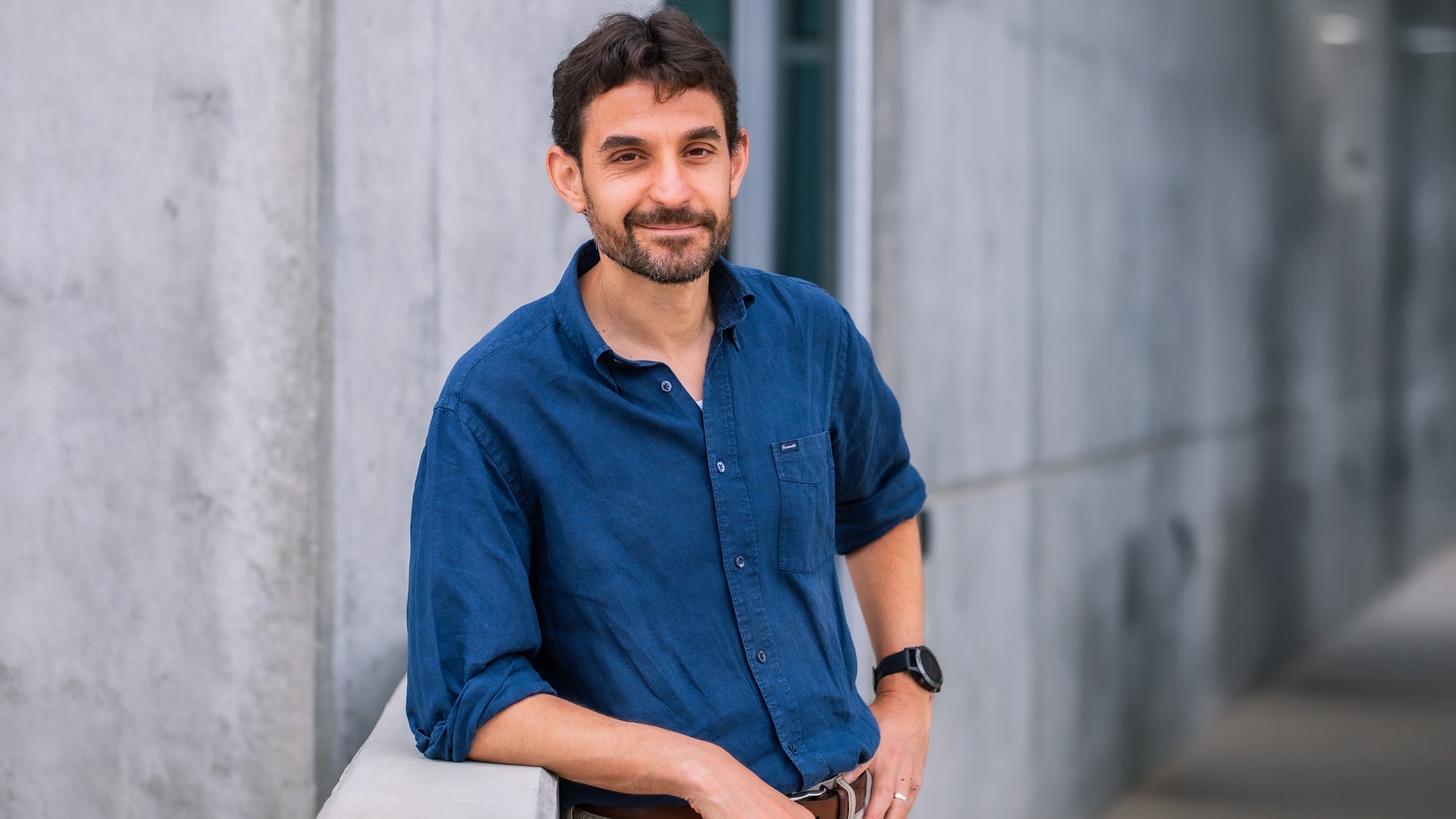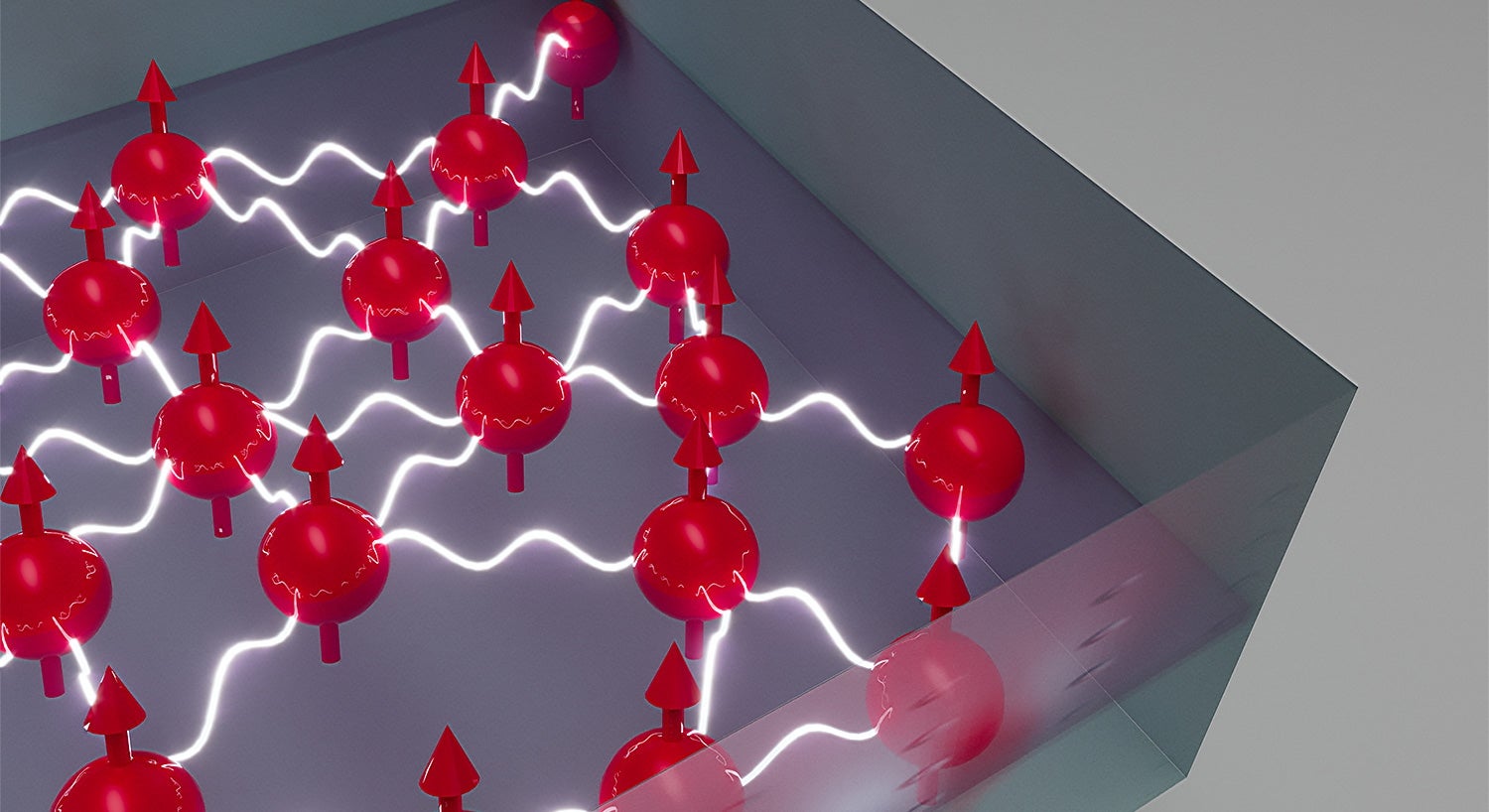Physicists at UC Santa Barbara have made an important advance in quantum mechanics using a superconducting electrical circuit. The finding is reported in this week's issue of the journal Nature.
The researchers showed that they could detect the quantum correlations in the results of measurements of entangled quantum bits, using a superconducting electrical circuit. The correlations are stronger than can be obtained using classical (non-quantum mechanical) physics, and according to the physicists, this illustrates that the oddities of quantum mechanics clearly extend to macroscopic systems. The work is part of an ongoing collaboration between the UCSB laboratories of John Martinis and Andrew Cleland.
The results of measurements in quantum mechanics are intrinsically unpredictable, according to the theory of quantum mechanics, and yet still contain very strong correlations, in contradiction with classical physics. In particular, measurements of "entangled states," such as a pair of particles with opposite spins, allow stringent tests of the predicted discrepancy between quantum and classical physics, as described by the "Bell inequalities." Measuring such a discrepancy is known as a "Bell violation."
According to quantum theory, Bell violations should be detectable using "qubits," superconducting quantum bits, but measuring these violations is technologically challenging.
Martinis, Cleland, and their colleagues have overcome these challenges, and report a clear violation of Bell's inequality with two entangled superconducting qubits. Thus, they have demonstrated that this macroscopic electrical circuit is a quantum system.
The measurement of a Bell violation in a superconducting circuit was recently stated to be the next primary challenge for the superconducting qubit community, according to Martinis.
Martinis said: "This experiment has met this challenge, achieved by performing a very demanding measurement on a pair of Josephson qubits, a measurement that requires excellent control over qubit state preparation, qubit entanglement, and very high fidelity single-shot state measurements of the entangled qubits. It directly proves that quantum mechanics is the only possible description for the behavior of a macroscopic electrical circuit."
Additional co-authors on the paper (all at UCSB at the time of the research) are: Markus Ansmann, Haohua Wang, Radoslaw C. Biaalczak, Max Hofheinz, Erik Lucero, Matthew Neeley, Aaron D. O'Connell, Daniel Sank, Martin Weides, and James Wenner.
Related Links



